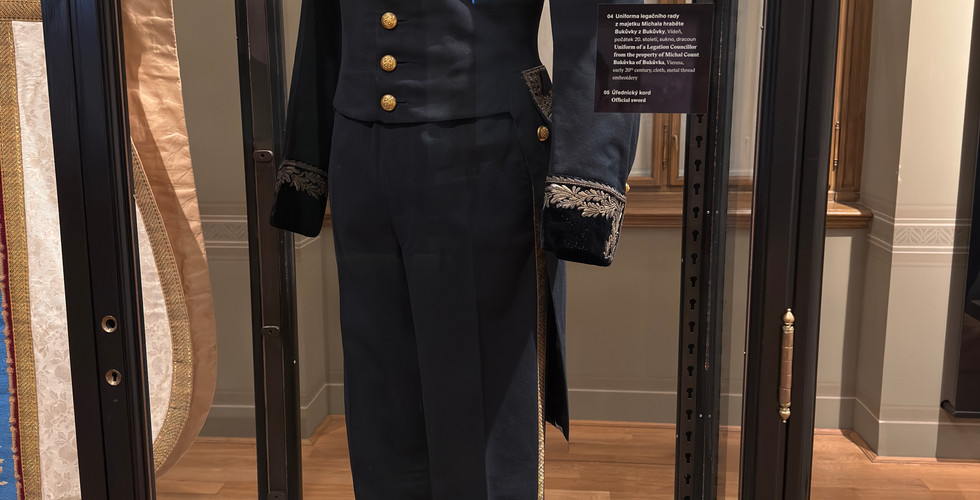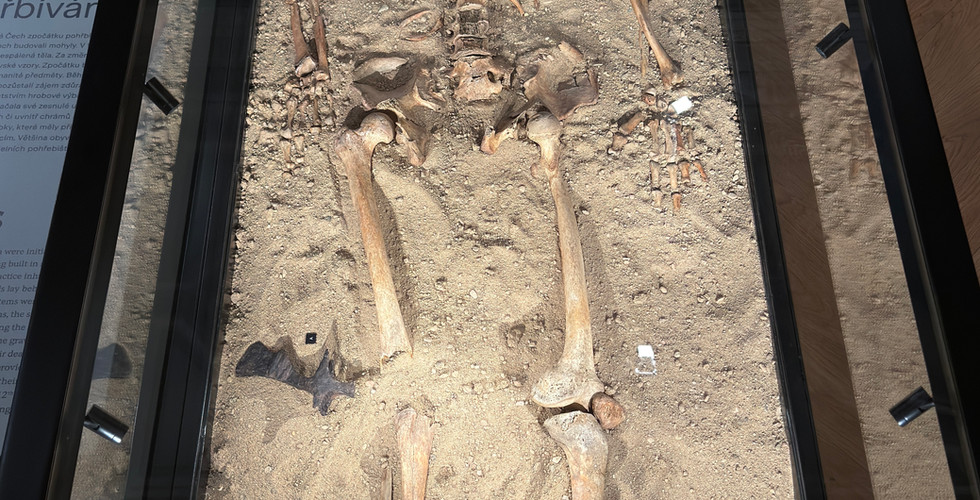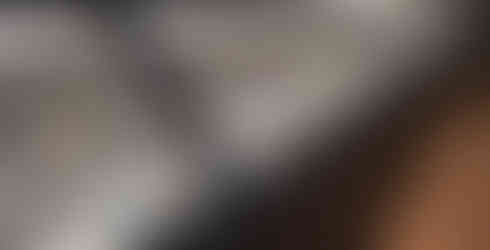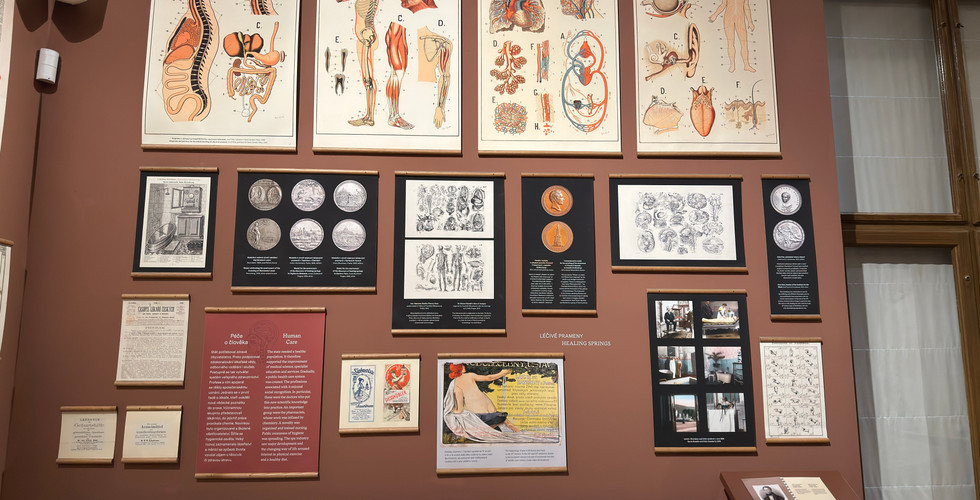Národní muzeum - Prague’s Oldest Museum
- Mika Vepsalainen
- 5 hours ago
- 3 min read
Join us for a visit to the Czech National Museum, Národní muzeum, a public museum dedicated to natural scientific and historical collections of the Czech Republic housing nearly 14 million items covering natural history, history, arts, music and librarianship.

Some Chech royal and private collections of art, science and cultural items were made available to the public as early as before the French Revolution as the idea of an actual museum goes back to as far as to 1796 when Count Casper Sternberg-Manderscheid founded the private Society of Patriotic Friends in order to promote art and good taste.
Count Sternberg was a botanist, mineralogist and eminent phytopaleontologist and consequently, his early focus was natural sciences. This was also in line with the general natural science slant of the times, as perpetrated by Emperor Joseph II of Austria. The museum did not acquire historical objects until the 1830s, when Romanticism arose.
The Prague museum was increasingly seen as a centre for Czech nationalism bringing about an intellectual shift. Before, the Bohemian nobility had been prominent, both politically and fiscally, in scholarly and scientific groups but the National Museum was created to serve all the inhabitants of the land, lifting the stranglehold the nobility had had on knowledge.
In 1949, the socialist government took over the museum and in 1964, it was split into five autonomous parts: the Museum of Natural Science, the Historical Museum, the Napster Museum of Asia, African, and American Cultures, the National Museum Library, and the Central Office of Museology. A sixth autonomous unit, the Museum of Czech Music, was added in 1976.
The historical Main Building is located on the upper end of Wenceslas Square. The Neo-renaissance style main hall on the side of the square is a well-known own sight on its own. The building was damaged during WWII in 1945 by a bomb, but the collections were not damaged and the museum was reopened.
The main façade was severely damaged by strong Soviet machinery gun fire during the 1968 Soviet Communist Invasion of Czechoslovakia (or, as they nicely put it, the "Warsaw Pact Intervention"). The shots made holes in sandstone pillars and plaster, destroyed stone statues and reliefs. It also caused damage in some of the depositories. Despite the general repair between 1970 - 1972, you can still see the damage as the sandstone used to repair the bullet holes is lighter in colour.
Later, the main museum building was slightly damaged during the construction of the metro in 1972 and again in 1978 when the opening of the North-South Highway on two sides of the building cut the museum off from city infrastructure resulting, among other things. in the building suffering from excessive noise levels, a dangerously high level of dust and constant vibrations from heavy road traffic.
Just recently in February 2019, the museum's dome was opened for the first time. The eastern courtyard was roofed and opened to public, too, and an underground corridor connected the old building to the new museum. Take a lift up to the grand dome and you will have a magnificent view over Wenceslas Square and across the city to Prague Castle.
There is a nice café in the museum. The gift shop might be worth a visit, too.
The building is wheelchair accessible with the exception of the dome and the upper floors of the Children's Museum. The barrier-free access to the Historical Building leads through the visitor entrance of the New Building, the cafe and the connecting passageway. There are also reserved parking spaces for visitors with disabilities. There are accessible restrooms throughout the building.
National Museum / Národní muzeum
Václavské náměstí 1700/68110 00 Praha 1 - Nové Město
Czech Republic




















